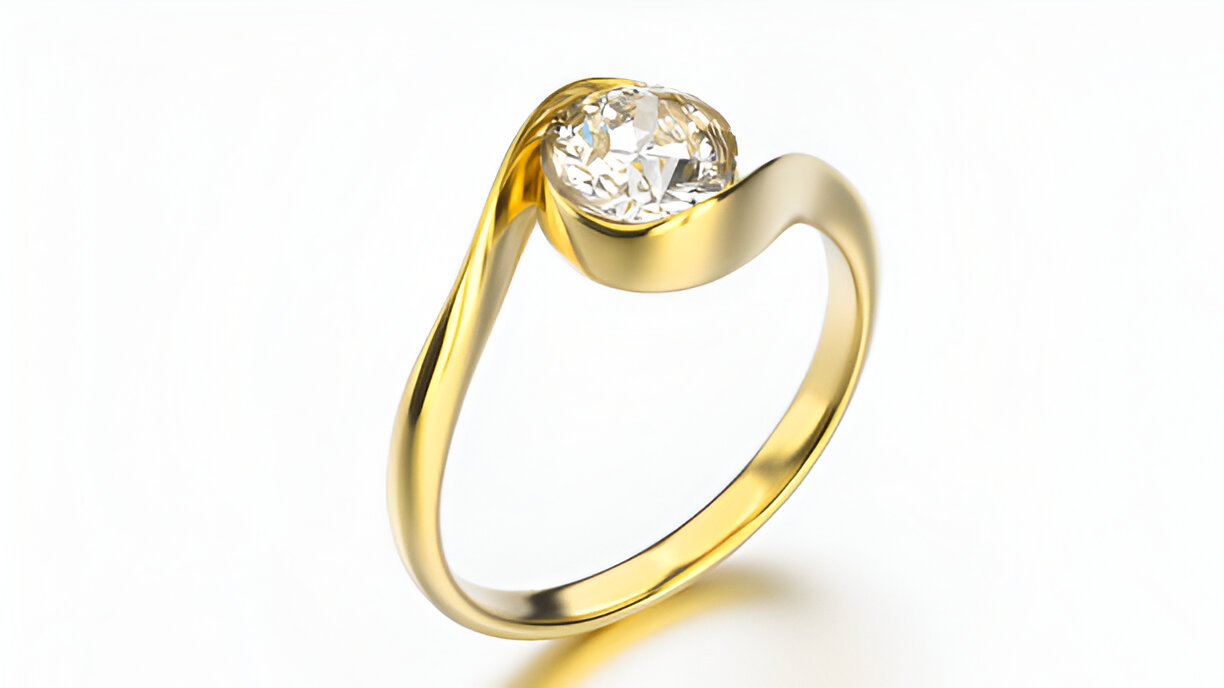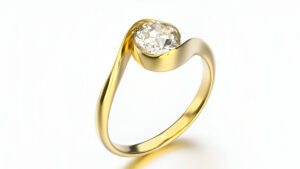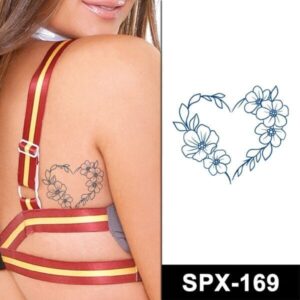Welding and Fabrication Techniques for ABREX Plates
Introduction
ABREX plates, known for their exceptional hardness and abrasion resistance, are increasingly popular in various industrial applications. However, working with these plates requires specialized welding and fabrication techniques to ensure optimal performance and longevity. In this blog, we will explore the best practices for welding and fabricating ABREX Plates, helping you get ideas and materials that will be helpful for your projects.
Understanding ABREX Plates
Before diving into the welding techniques, it’s essential to understand what ABREX plates are. These are high-strength, wear-resistant steel plates designed for heavy-duty applications. They are widely used in mining, construction, and manufacturing sectors, where durability and wear and tear resistance are crucial. The composition of ABREX plates allows them to withstand harsh environments, making them an ideal choice for demanding applications.
Preparing for Welding
Preparation is key when working with ABREX plates. Proper surface preparation helps ensure a strong weld and minimizes the risk of defects. Here are some steps to follow:
- Cleaning: Remove any dirt, grease, or rust from the surface of the plates. Use a wire brush or grinder to clean the edges where the welding will occur.
- Alignment: Ensure that the plates are correctly aligned before starting the welding process. Misalignment can lead to uneven welds and weaken the overall structure.
- Fit-Up: Check the fit-up between the plates. A tight fit reduces the filler material needed and helps achieve a cleaner weld.
Selecting the Right Welding Technique
Several welding techniques are suitable for ABREX plates, each with advantages. The choice of technique depends on the application and the thickness of the plates. Here are some commonly used methods:
- Shielded Metal Arc Welding (SMAW): Also known as stick welding, SMAW is a versatile and straightforward method. It is ideal for outdoor work and can be used on thicker ABREX plates. To minimise cracking, ensure the right electrode is chosen, typically a low-hydrogen type.
- Gas Metal Arc Welding (GMAW): This type of welding is called MIG welding and is effective when welding ABREX plate. GMAW offers a good surface finish and it is applicable on thin materials. Heat input has to be regulated to prevent the warping of the material being used in the construction of the aircraft.
- Flux-Cored Arc Welding (FCAW): FCAW is very much like MIG welding but employs a tubular electrode containing flux. It is very suitable for thick plates and can be done with or without shielding gas.
- Submerged Arc Welding (SAW): SAW is highly efficient for large-scale projects involving ABREX plates. It provides deep penetration and a high deposition rate, making it suitable for thick materials.
Filler Material Selection
Choosing the right filler material is crucial when welding the ABREX Plates. To ensure a strong bond, the filler material should match the base metal’s properties. Look for filler materials that are specifically designed for high-strength steel. Additionally, consider the welding technique you are using, as it can influence the choice of filler material.
Welding Techniques and Best Practices
To achieve high-quality welds on ABREX plates, follow these best practices:
- Control Heat Input: Heat stress is known to cause distortion and cracking especially when exposed to high levels of heat. It is also important to maintain a close check on the heat input particularly when welding thick plates. In some instances it may be necessary to preheat the plates to minimize the chances of the plates cracking.
- Use Proper Welding Speed: It is important to weld at a steady pace to avoid over heating some areas of the material. Excessive speed may lead to poor welds while a slow speed may lead to burn through.
- Weld in the Right Position: Positioning is critical in welding. Ensure you can comfortably reach the weld area while maintaining the correct angle for optimal penetration.
- Post-Weld Treatment: Allow the plates to cool slowly to minimize stress and cracking. Depending on the application, consider performing stress-relief heat treatment.
Fabrication Techniques
However, other fabrication practices also contribute significantly to the use of ABREX plate in the welding process. Here are some important considerations:
- Cutting: Use plasma cutting or oxy-fuel cutting for precise cuts. Ensure the cutting edges are smooth to promote better welding.
- Bending: When bending ABREX plates, one has to be careful not to introduce cracks for this purpose, one has to use the right tools. It is, however, possible to bend the material without affecting its strength by heating it slightly.
- Machining: If any machining is necessary, use tools appropriate to the high strength of the material. Think about coolant to avoid heat build up and also to increase the durability of the tools.
Mastering the welding and fabrication techniques for ABREX plate is crucial for ensuring the integrity and longevity of your projects. Proper preparation, selecting the right welding method, and using appropriate filler materials can significantly impact the quality of your welds. Following the best practices outlined in this guide, you can successfully work with ABREX plates and achieve durable, high-strength results in your applications. Whether you are engaged in construction, mining, or manufacturing, these insights will help you make the most of ABREX plates, enhancing safety and performance in your projects.














Post Comment